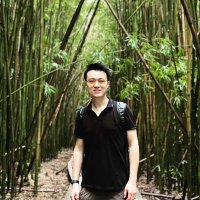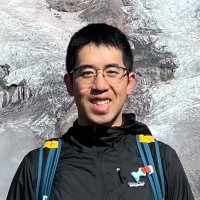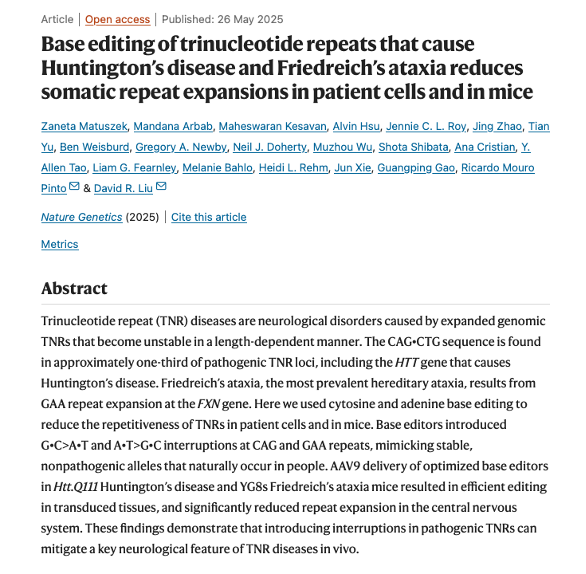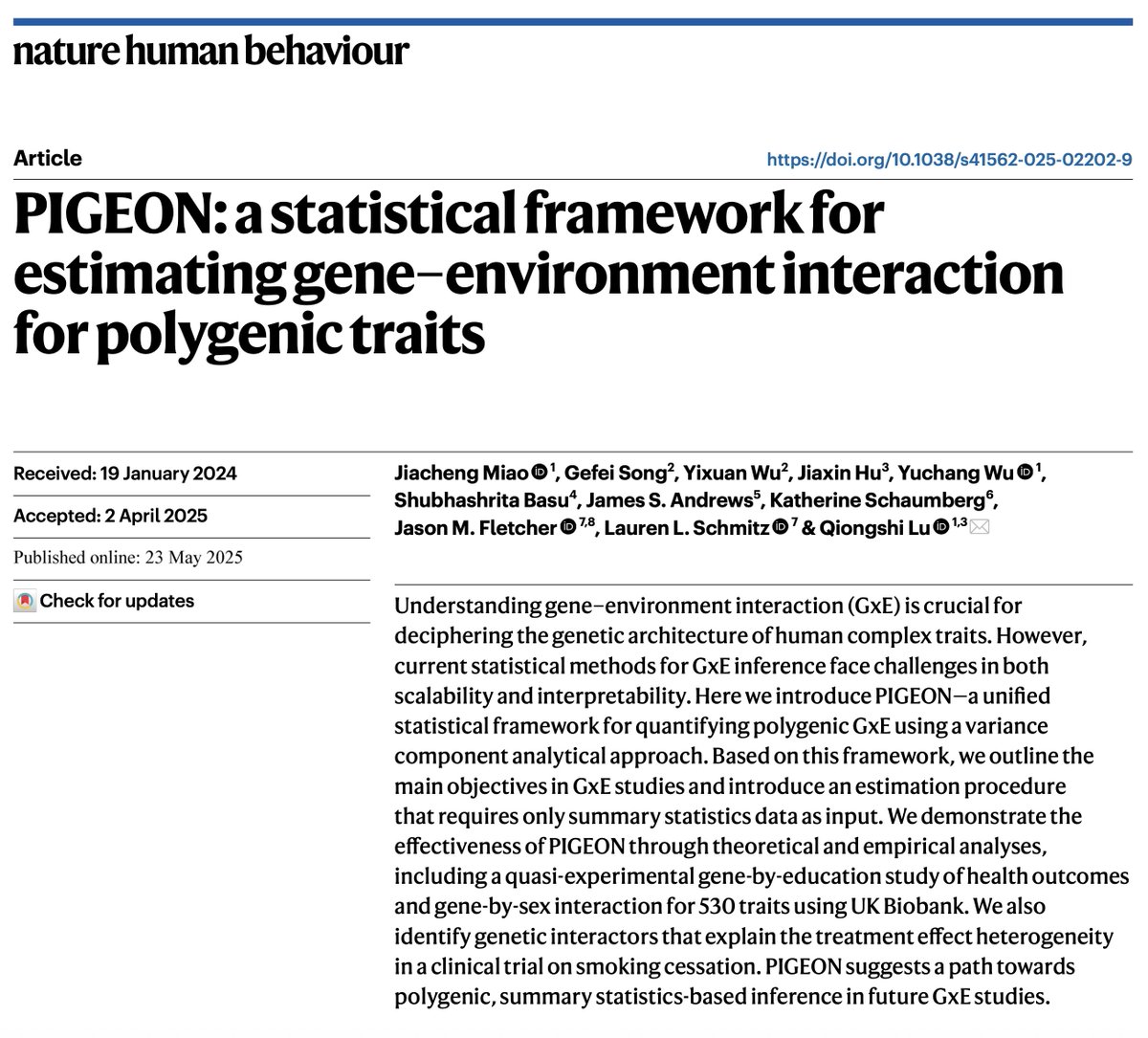
Stephen Dorn
@stphn_drn
MS student in Biomedical Data Science @UWMadison. Interested in statistical genetics and its applications to neurodegenerative disorders.
ID: 1255911922152509445
https://stephendorn.com 30-04-2020 17:28:39
406 Tweet
179 Followers
224 Following

Stephen Dorn has a detailed thread to show all our results. He also implemented these new ensemble features in our PUMAS software. Stephen is applying for PhD programs this year. Look out for his application. We want him in Wisconsin too! Thread🧵:x.com/stphn_drn/stat…

I’ll be attending NeurIPS Conference 2024 to present our work on a task-agnostic approach to leveraging AI/ML predictions for rigorous statistical inference in scientific research. Excited to connect and discuss AI4Science (biology, genetics, and medicine).



Beyond excited to share this new paper with all of you . It's the most fun we've ever had. We figured out how to study a latent index driving partner choice without measuring it directly🥂 Qinwen Zheng Preprint📰: biorxiv.org/content/10.110… Sumstats⬇️: qlu-lab.org/data.html



I and my colleague, Sahar Gelfman, at RGC had the privilege to write a News and Views article for @nature about a recent work on Huntington's disease by Steve McCarroll and team. In this incredible work, through an innovative single cell RNA sequencing methodology, Handsaker et



In Nature Genetics we report that base editing of trinucleotide repeats (TNRs) reduces somatic repeat expansions in Huntington’s disease (HD) and Friedreich’s ataxia (FRDA)—in patient-derived cells and in vivo—a collaboration with the Mouro Pinto lab. drive.google.com/file/d/1on7kdy… 1/14


Jiacheng Miao's PIGEON paper on GxE methodology is now published Nature Human Behaviour with a new title. In our view, this paper can reshape the study design for future complex trait GxE work. Paper📰doi.org/10.1038/s41562… Software🧑💻github.com/qlu-lab/GSUB





